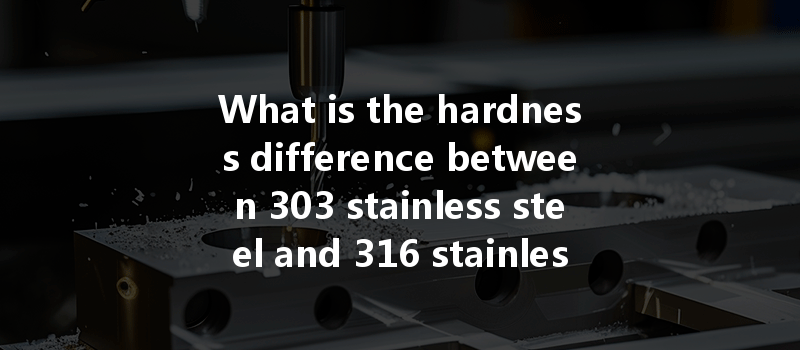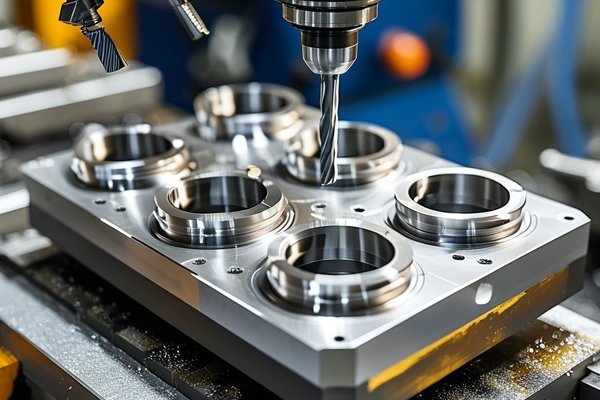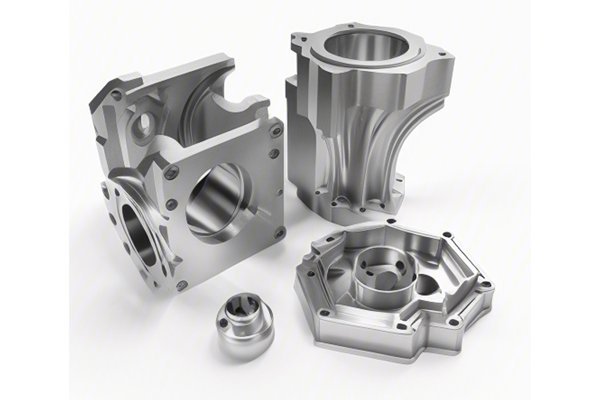Did you know that stainless steel is not just one type of metal, but a family of alloys? In fact, stainless steel accounts for nearly 70% of the total steel market worldwide. Among these various types, 303 and 316 stainless steels are commonly used in CNC (Computer Numerical Control) machining due to their unique properties. Their differences, particularly in hardness, impact their application, processability, and end-product lifespan significantly.
In this blog, we will delve deep into the inherent characteristics of 303 and 316 stainless steel, exploring their hardness differences and how that impacts their performance in CNC machining. We aim to provide concrete solutions to common problems associated with choosing the right stainless steel for your CNC projects.
—
Stainless steel is prized for its durability, resistance to corrosion, and aesthetic appeal. It is an alloy primarily composed of iron, carbon, and chromium. However, its properties can vary significantly based on additional elements such as nickel, molybdenum, and manganese included in the alloying process. This versatility makes stainless steel suitable for a wide array of applications, ranging from kitchen utensils to aerospace components.
Stainless steel is classified into various grades and series, each with unique properties and uses. The two grades we are focusing on, 303 and 316, are both austenitic stainless steels.
To understand the hardness difference between these grades, it’s essential to look at their chemical composition:
While both grades contain chromium and nickel, the addition of molybdenum in 316 enhances its corrosion resistance, especially against chlorides.
Hardness is a measure of a material’s resistance to deformation, typically measured on various scales depending on the material and intended application. For metals, common hardness testing methods include:

Understanding hardness is crucial for ensuring that machined components endure specific mechanical stresses. In general, harder materials can withstand greater pressure but may be more challenging to machine.
When comparing the hardness of 303 and 316 stainless steel, we see important distinctions that impact their use in CNC machining:
Despite 303 having a slightly higher hardness value, the choice between these types goes beyond just hardness. Other properties, including corrosion resistance and machinability, play critical roles in their suitability for specific applications.
Hardness significantly affects CNC machining, impacting tool wear, cutting speed, and final surface finish. Here’s how hardness influences each stage of CNC machining:
The decision to utilize either 303 or 316 stainless steel hinges on the specific requirements of your application. Consider the following criteria:
To effectively machine both 303 and 316 stainless steel, follow these best practices to optimize performance and minimize headaches:
Understanding the hardness difference between 303 and 316 stainless steel is critical for those involved in CNC machining. While 303 offers better machinability, 316 excels in corrosion resistance. The choice between the two should be dictated by the application’s specific needs.
By considering factors such as corrosion resistance and machinability, and following best practices in the machining process, you can ensure the production of high-quality components. Remember, the right stainless steel choice can greatly enhance the efficiency and longevity of your machined parts, solidifying your investment in CNC technology.
In a world where materials science directly influences industrial applications, understanding these differences is more critical than ever. Making informed choices in material selection results in better, longer-lasting products, ultimately benefiting your business. Be sure to think critically about your materials as you plan your machining projects – the right choice can make all the difference in achieving success.
—






